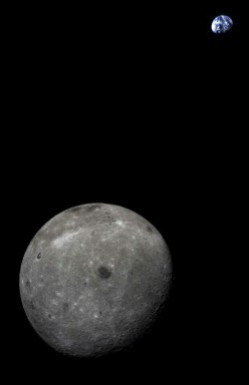What was first thought to be a piece of debris left over from the launch of three Russian military communication satellites has turned out to be a fourth satellite capable of maneuvers.
The three satellites were designated Kosmos-2496, -2497, -2498. However, as in the previous launch on December 25, 2013, the fourth unidentified object was detected orbiting the Earth a few kilometers away from “routine” Rodnik satellites.
Moreover, an analysis of orbital elements from a US radar by observers showed that the “ghost” spacecraft had made a maneuver between May 29 and May 31, 2014, despite being identified as “debris” (or Object 2014-028E) in the official US catalog at the time. On June 24, the mysterious spacecraft started maneuvering again, lowering its perigee (lowest point) by four kilometers and lifting its apogee by 3.5 kilometers. Object E then continued its relentless maneuvers in July and its perigee was lowered sharply, bringing it suspiciously close to the Briz upper stage, which had originally delivered all four payloads into orbit in May.
This is the second time a Russian piece of orbital junk has suddenly started to do maneuvers. The first time, in early 2014, the Russians finally admitted five months after launch that the “junk” was actually a satellite. In both cases, the Russians have not told anyone what these satellites are designed to do, though based on the second satellite’s maneuvers as well as its small size (about a foot in diameter) it is likely they are testing new cubesat capabilities, as most cubesats do not have the ability to do these kinds of orbital maneuvers.
Once you have that capability, you can then apply it to cubesats with any kind of purpose, from military anti-satellite technology to commercial applications.

